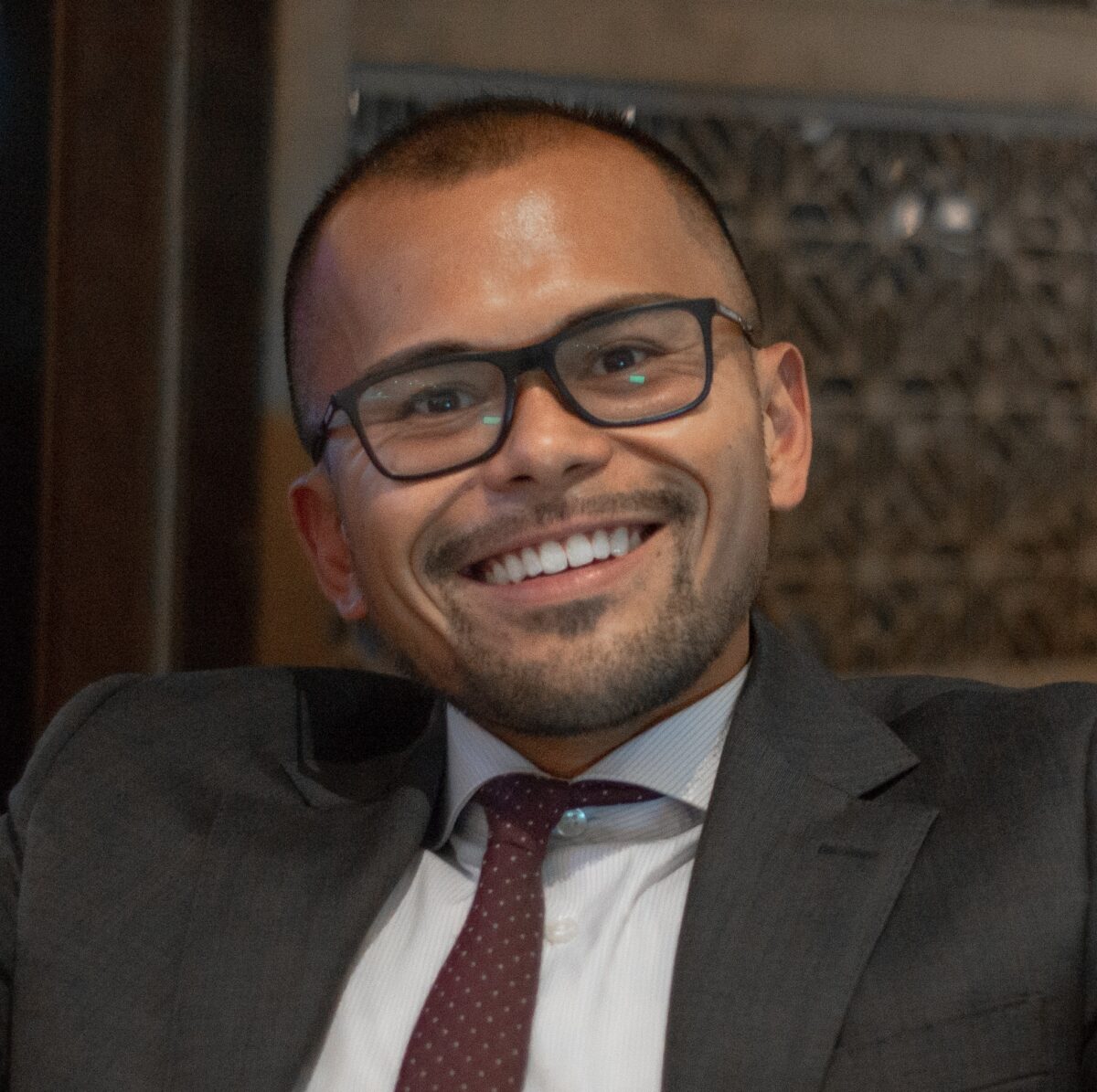With a population of almost 35 million people, Saudi Arabia is undergoing a massive economic development and diversification reform known as Saudi Vision 2030. Fintech plays a part in diversifying the current offering in the Kingdom, with oil historically playing a huge part in the economy.
Within Saudi Vision 2030, on April 24, 2017, the Council of Economic and Development Affairs (CEDA) initially launched ten delivery programs to realize Vision 2030; one of those is the Financial Sector Development Program (FSDP). According to the 2030 website, “The FSDP’s role is to create a diversified and effective financial services sector to support the development of the national economy, diversify its sources of income, and stimulate savings, finance, and investment. The FSDP will achieve this ambition by enabling financial institutions to support private sector growth, ensuring the formation of an advanced capital market, and promoting and enabling financial planning, without impeding the strategic objectives intended to maintain the financial services sector’s stability.”

How is the fintech offering in Saudi Arabia? Well, as in other parts of the world, the ongoing Co-VID 19 pandemic has resulted in much of our daily lives to go as digital and contactless as possible – in effect accelerating digital transformation. Due to the nature of fintech, the sector has a key role to help business and this is not only just in Saudi Arabia but across the entire world.
Prior to Co-VID 19 and its sudden need for global digitalisation, there was already potential for Saudi Arabia to have a strong fintech network. It is the largest economy in the region, where its stock market is worth around $549 billion USD, contributing to over half of the region’s total gross domestic product (GDP) in 2018, and is a member of the Group of Twenty (G20); this year it is actually Saudi Arabia that holds the G20 presidency.
Also, Saudi has a very young population, where 70 percent of the population in 2017 was under 30 years old. It is also a very tech savvy nation, where it ranks, according to a report by EY, as having the third highest smartphone mobile usage globally and the seventh globally in terms of household internet access. This, coupled with the ongoing economic initiatives and investments as part of Saudi Vision 2030, has put Saudi’s fintech prospects and future growth at the forefront.

The Kingdom started laying the foundation for where fintech would play a role in a future diversified and innovative economy under Vision 2030 and the FSDP. First, Fintech Saudi was launched by the Saudi Arabian Monetary Authority (SAMA) in April 2018 under the FSDP, acting as a catalyst for the development of the financial service technology / fintech industry.
Key Initiatives that Fintech Saudi have done include, according to its website:
- Fintech Tour 19 – Cluster of events and activities hosted by Fintech Saudi’s Partners across Saudi Arabia and the Gulf Cooperation Council (GCC)
- Fintech Internship 20 – An opportunity for interns to get a taste of working in companies at the cutting edge of fintech in KSA, whilst supporting partners with finding future talent
- Fintech Access Guide – Developed by Fintech Saudi, SAMA, Capital Market Authority (CMA), Saudi Arabian General Investment Authority (SAGIA) and Monshaat – Provide fintech regulation clarity for local and international entrepreneurs and a framework to help entrepreneurs develop their own fintech ideas
SAMA has also designed a Regulatory Sandbox, where it is welcoming both local and international firms wishing to test new digital solutions in a ‘live’ environment. It would allow those with a view to then deploy them in Saudi Arabia in the future.
Last month, it was announced that SAMA welcomed nine more fintech companies to take part in the sandbox, which included companies such as Manafa Capital, Funding Souq, Circles, Nayifat Finance and Sahlah. The sandbox is home to 30 fintechs, which includes fintech companies like BayanPay, Skyband and Lindo Financing. Those 30 companies are focused on digital payments, financial information aggregation, crowdfunding, currency exchange, international processing, micro-lending, and digital savings. So far, over 100 applications have been received by SAMA.
Finally, prior to the coronavirus, there were innovations already being felt in the fintech scene. For example, Digital currencies, which could help the world in the cloud of Co-VID 19, can be of interest. The central banks of Saudi Arabia and the United Arab Emirates (UAE) – the ladder being the second largest economy in the region – already has a pilot programme that was launched last year where they are developing a shared digital currency for cross-border bank transactions.
Saudi Arabia has an opportunity to further solidify its position to one day be a leader in fintech. It has already, as part of Vision 2030, set the foundation to create an environment that not only is attracting foreign investment but also providing the tools and guidance to create its own talent and innovation as well. In a post-Co-VID 19 fintech will play a part in the global economy out of necessity; Saudi has a chance to provide solutions to those needs to help the world to operate as safe, normal and digital as possible.
The article is an original op-ed written by Richie Santosdiaz




